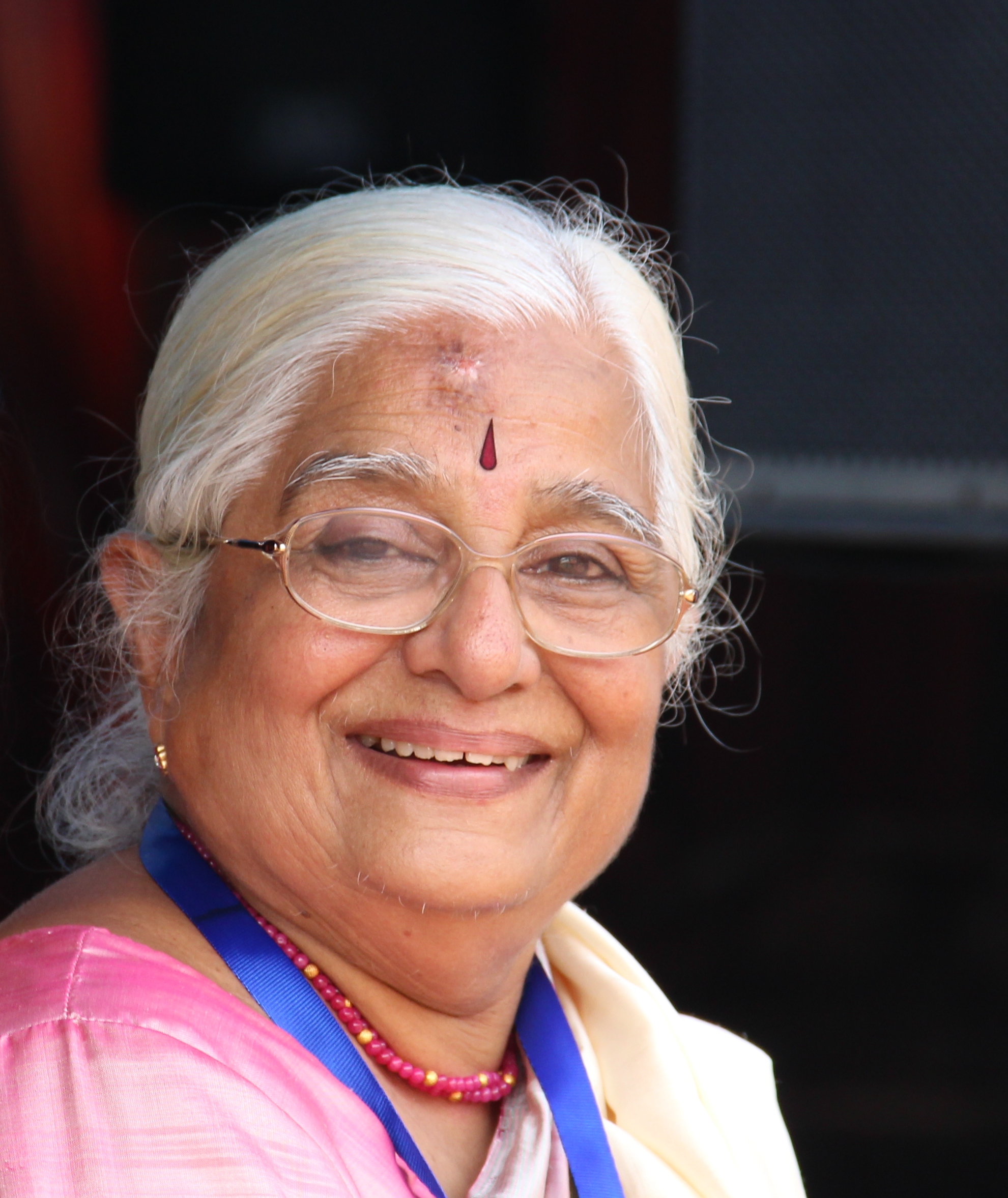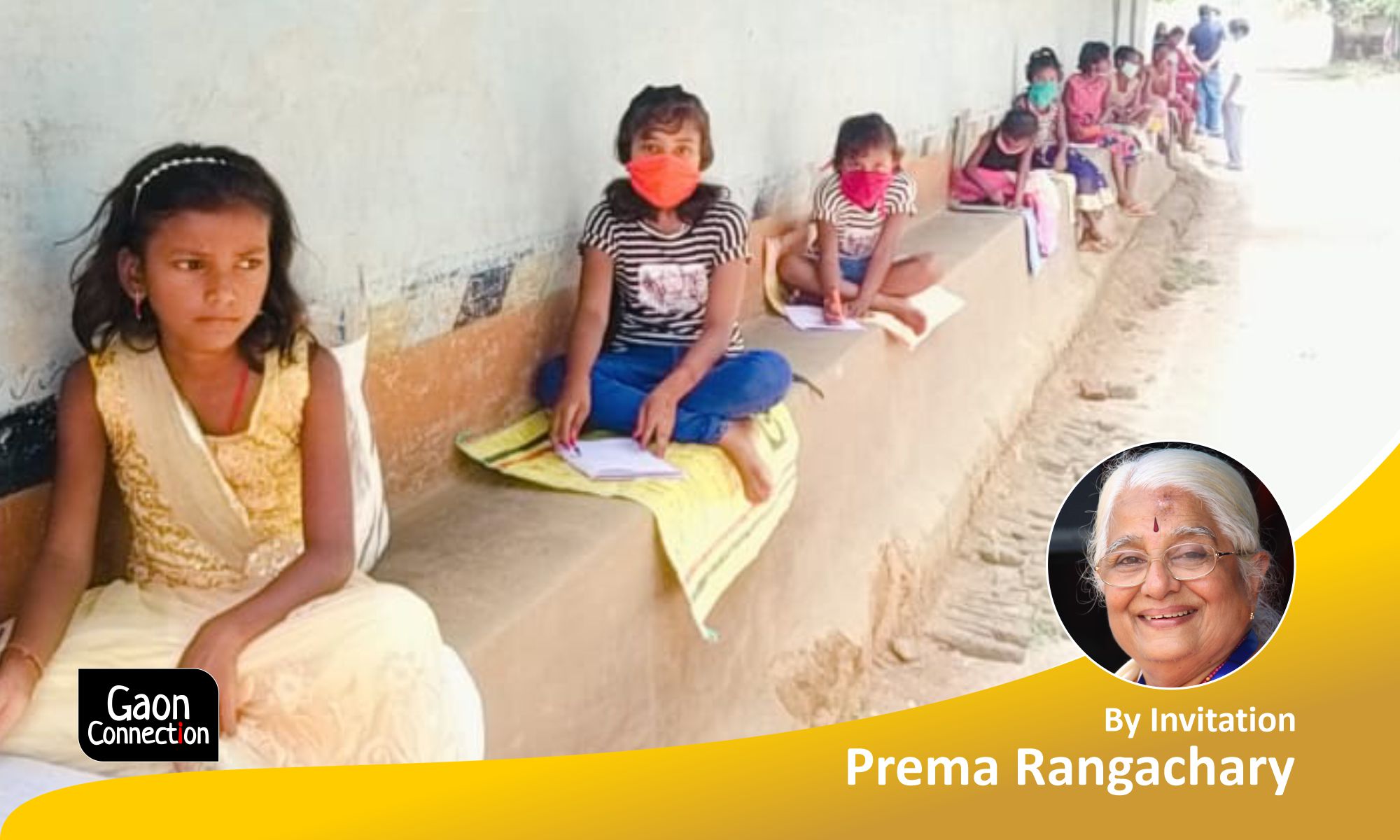Reaching out to the last child in the learning curve in the pandemic
For the tribal communities, the problem is access to technology both for the students and the teachers. They are overwhelmed by this technology-driven model. We need to find a democratic way to reach out to the last child in the learning curve.


We need to look for alternatives if we want to prevent a large population of children from dropping out of school. Photo: By arrangement
April 14 was Tamil New Year’s Day. But the students of Std X and XII were poring over their books preparing for the mock exams, as their Board exams were scheduled to begin in the first week of May. In the afternoon came the announcement: Exams cancelled for Std X and postponed for Std XII.
To the Std X students, this was a new year gift. Some reacted tentatively, not believing what they heard. Others kept their exuberance in check, afraid of being chided by the teachers. The reaction from the Std XII students was different. “No, we don’t want this”, “we want to write our exams, go to college”, “we want to get on with our lives” … the voices were a mix of distress, disappointment and frustration.
What has this COVID-19 pandemic and the subsequent lockdown of all educational institutions done to the children? How has it affected their learning?
The only alternative to classroom teaching during the closure has been online teaching. However, this transfer has led to a widening gap between the haves and the have nots. In cities, where children have access to multiple gadgets and the parents are invested in their child’s education and can help by providing one-on-one learning facilities, technology-driven learning works.
At Vidya Vanam, which caters to tribal and underprivileged children in and around Anaikatti, a village near Coimbatore, Tamil Nadu, the problem is access to technology both for the students and the teachers. The latter are predominantly from the same environment as the former and are equally overwhelmed by this technology-driven model.

Excluded by technology
Valli is a single mother of three children. With all her children engaged in online classes, there was a constant battle for the single smartphone in the house. “How can I buy Rs 10,000 worth smartphone for each child?” she asked.
Another parent, Vellingiri, mentioned that he had taken a loan to buy a phone for his son. But the child rarely attended online classes. When the school brought that to his notice, he was aghast. “What more can I do?” he asked. He was away the whole day working to earn some money to put food on the table.
When the teachers hauled up Siva for not attending online classes, he explained that his whole family was engaged in cultivating their land, as that was the only way to sustain themselves during this difficult time. “I don’t have connectivity in the fields. So even if I have a phone, I cannot attend classes,” he said.
This made us realise that investment on smartphones and data costs are a source of monetary stress to parents, who are from marginalised communities and trying to stay afloat with reduced incomes and job losses. Also they cannot afford to invest in any other gadget beyond a smartphone, and even that within a certain range.

The dilemma
With the teachers coming from the same environment, they faced similar issues. In cases where the teacher was a parent, the dilemma was to prioritise the use of the instrument. While they are familiar with using a cell phone for communication, smartphones came into the picture with this demand for online classes. Therefore, they not only had to get used to the medium but also learn to use the instrument for things beyond answering calls.
Also Read: COVID-19 exposes fissures in our education system that discriminates against rural kids
For example, when asked to make video lessons for junior school, Chitra faced great difficulty in presenting her activity-based lessons in maths. Also, during the lockdown, the teacher couldn’t visit the school and get inputs on improving the quality of her videos. Any communication on this over a phone call or a video call was not effective enough. It took a few months before she could course correct.
Speaking of video lessons, while the teachers take effort to create and upload them on WhatsApp groups, parents complain that they are unable to share these videos with the children because they leave for work early in the morning and return late at night. The younger children are asleep at both times. This is an indication of the parents’ lack of investment in the child’s education. A structured school environment motivates the child, despite this home atmosphere.

Beyond education
As the director of Vidya Vanam, I know from personal experience that, for children who live in these remote areas, the school not only provides an environment to learn, but also gives them an opportunity for social interactions and necessary nutrition, as it provides them with food. Much of the learning here is imbibed rather than taught. All this also promotes physical and mental well-being. The focus is not just about completion of the syllabus or holding of exams. Therefore, it seems very simplistic to say that online teaching is the only alternative.
When the children returned to school briefly, in January, it was observed that the lack of continuity and disruption of studies the past year had taken a toll on their engagement to learning.
Also Read: Education on hold: Amid the COVID lockdown, children in rural India will suffer the most
While this crisis is extraordinary and unprecedented, the government is focusing on addressing only the health perspective. There are other fallouts from this as well. What about the learning gaps that will emerge when this generation of students begin to look for jobs? Will these Class X and XII students be seen as the “Corona Pass” students? Already there has been much talk about the low employability quotient of graduates in recent years.
Those who are economically well off will help their children fill the gaps and ensure that they move ahead. But, for children from rural and marginalised communities, this will be an impossibility. They are already struggling to be on a par with children from urban schools. The difficulties caused by the pandemic will further widen this chasm and diminish their opportunities to fulfil their dreams. We need to look for alternatives if we want to prevent a large population of children from dropping out of school/college and sliding into greater poverty. Online teaching provides access to privileged children. We need to find a democratic way to reach out to the last child in the learning curve.
Prema Rangachary is the Director of Vidya Vanam, a CBSE school for tribal and underprivileged children in Anaikatti, a village near Coimbatore Tamil Nadu. Views are personal.

